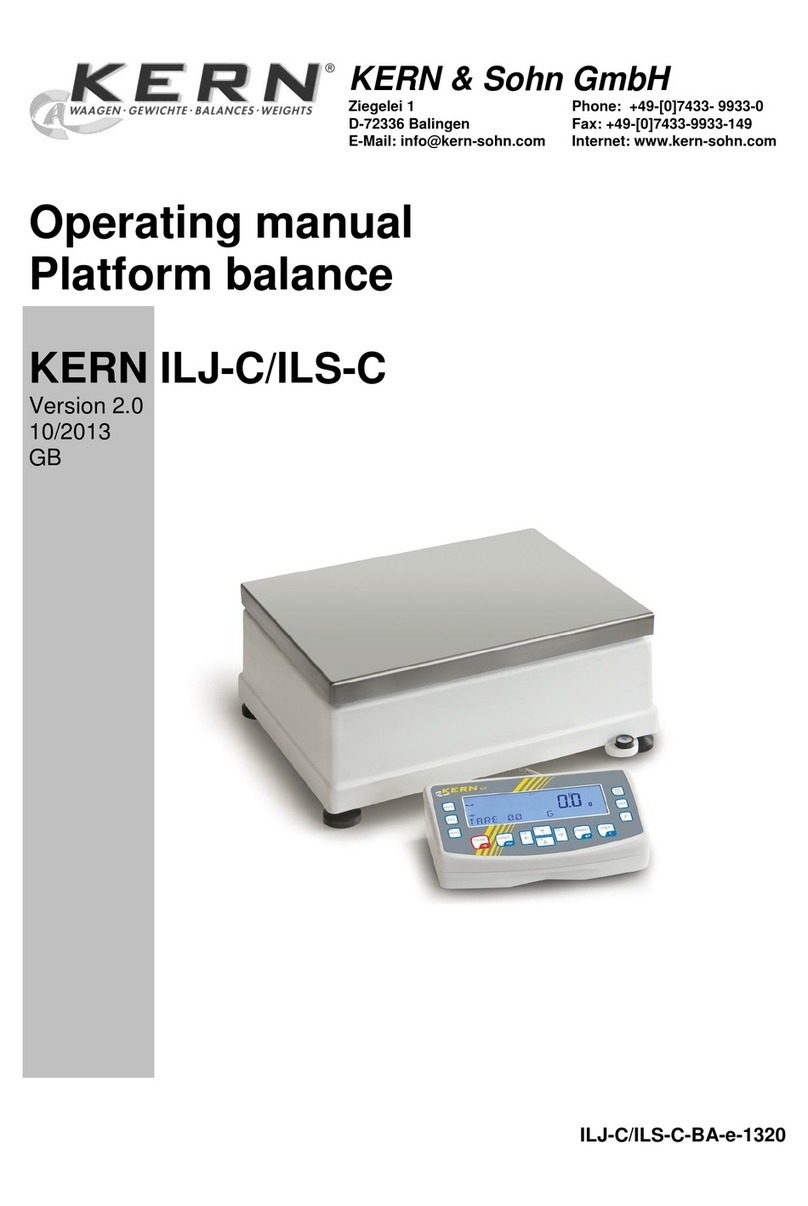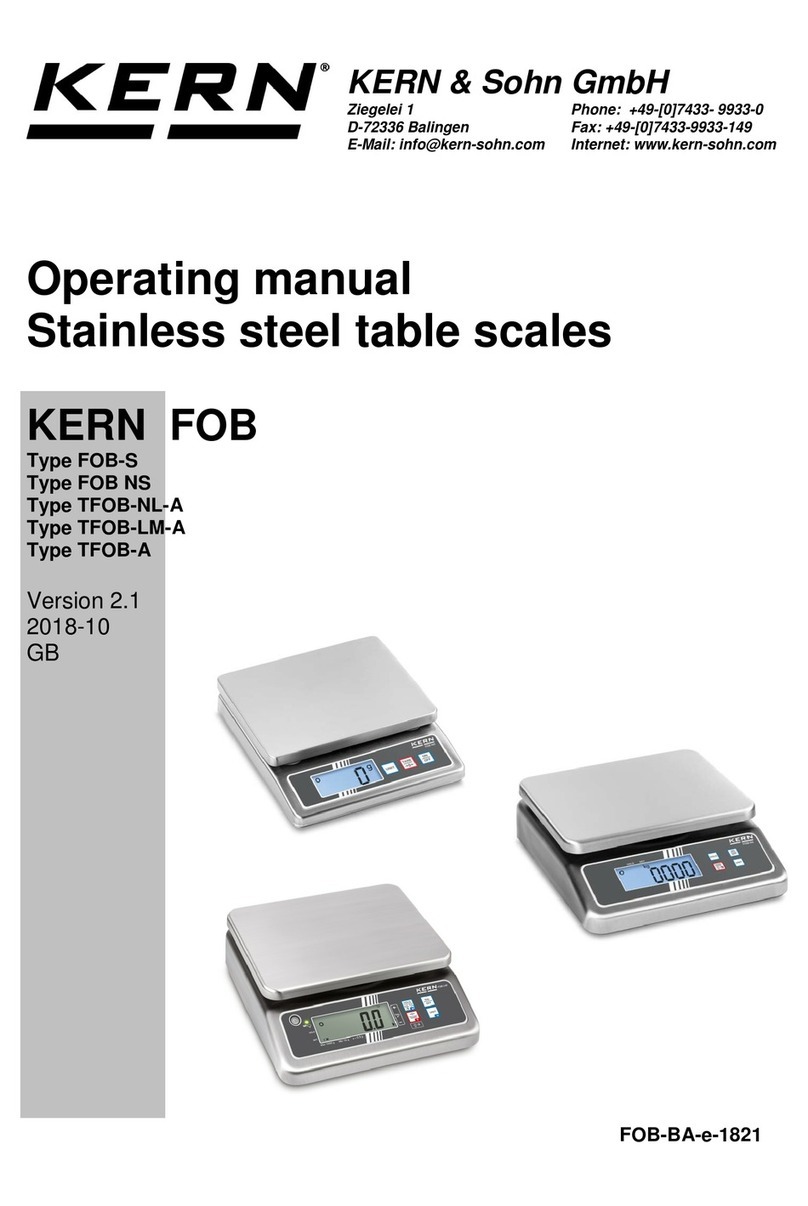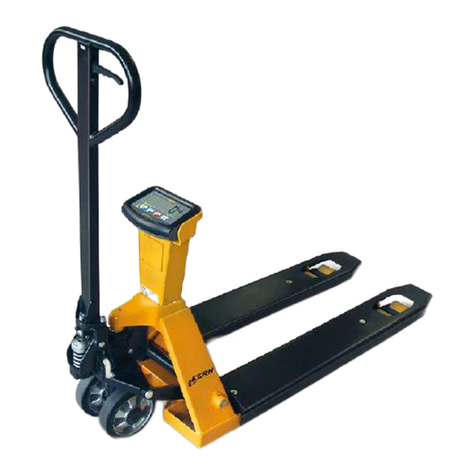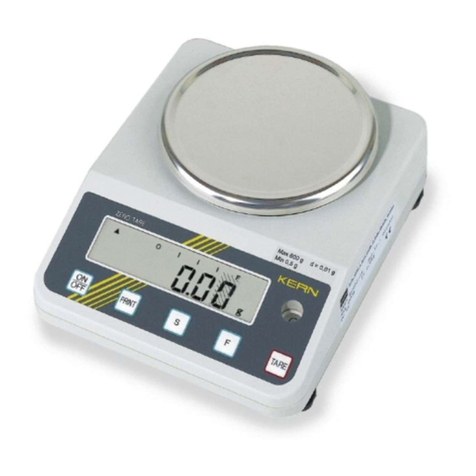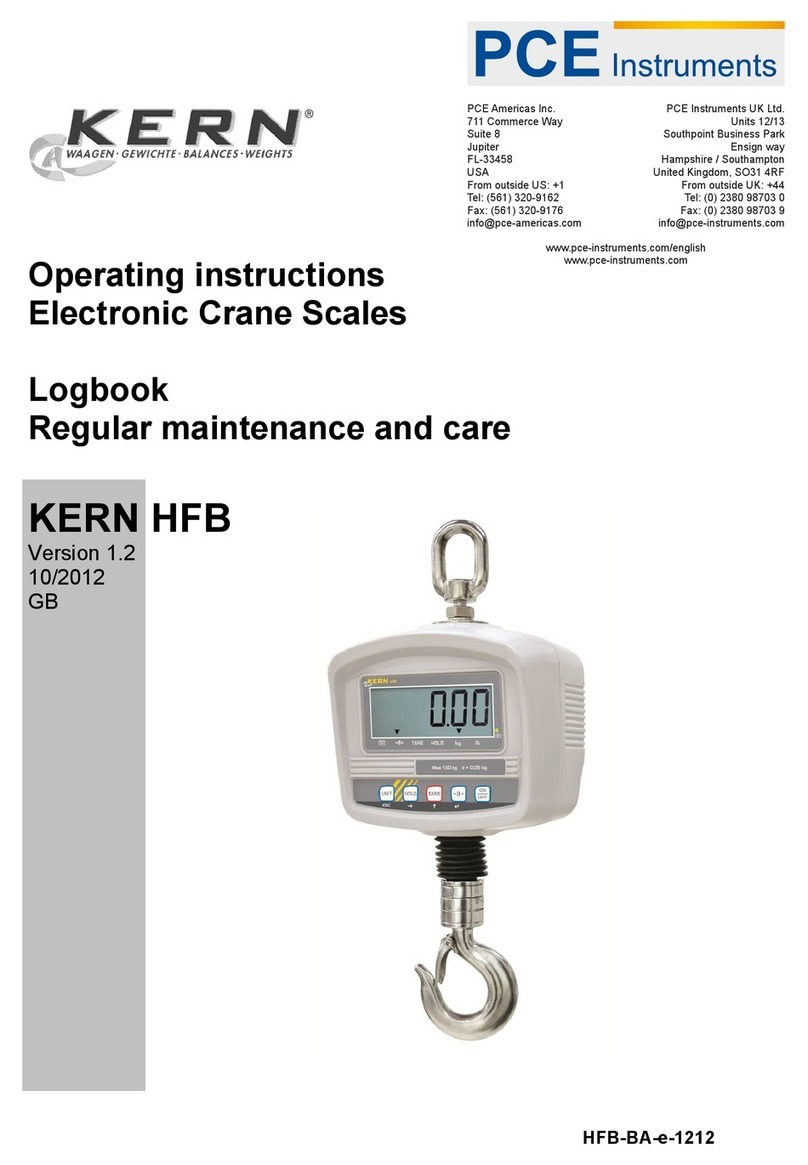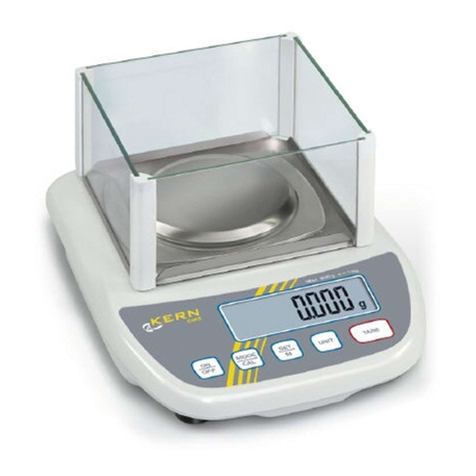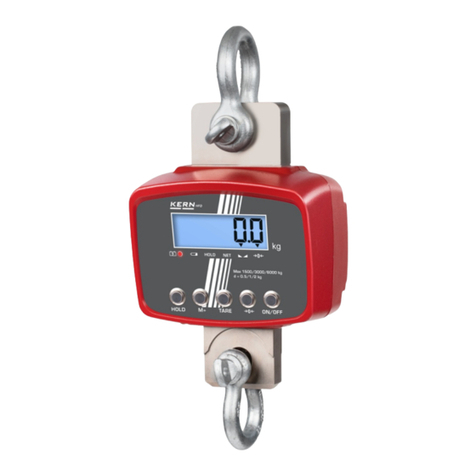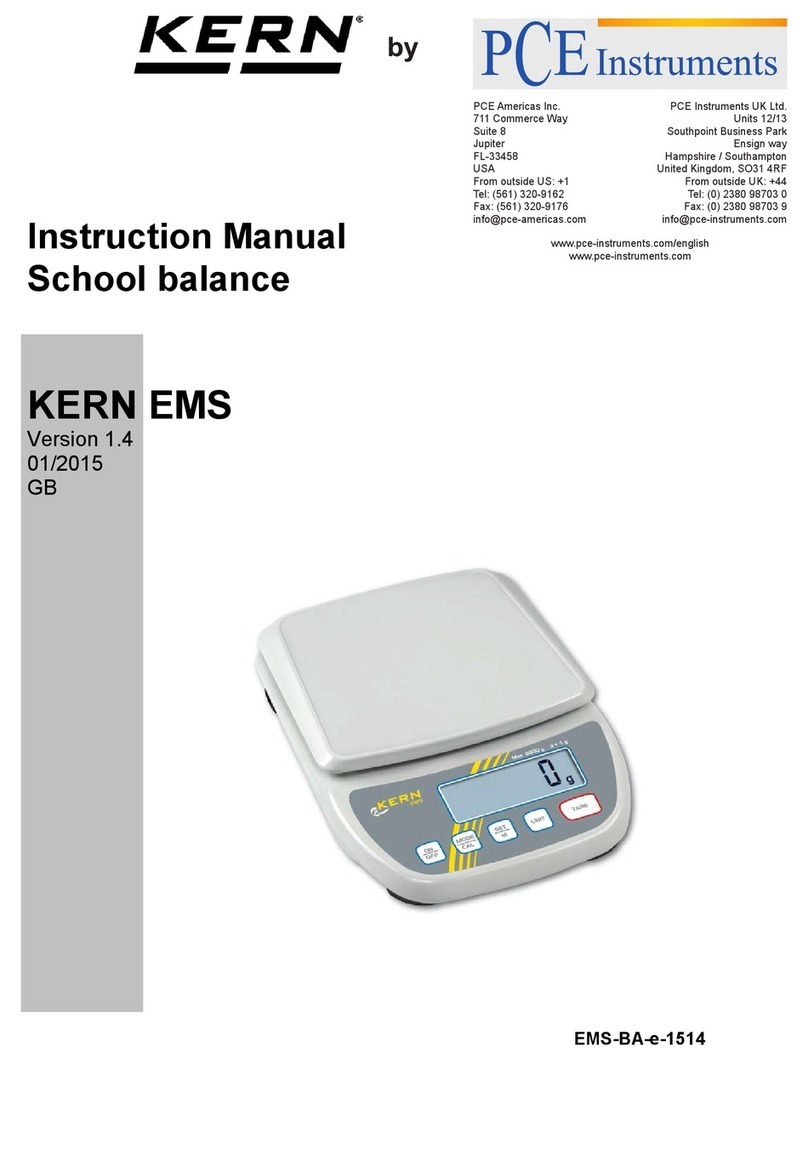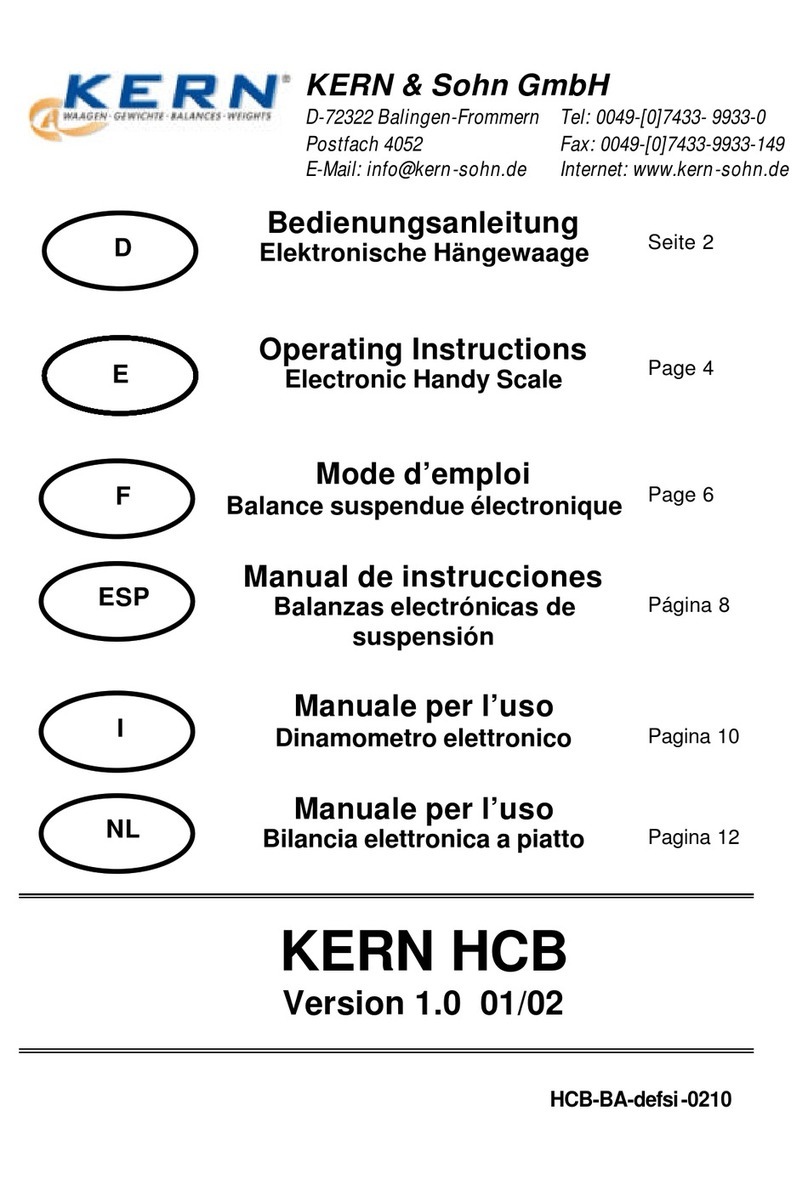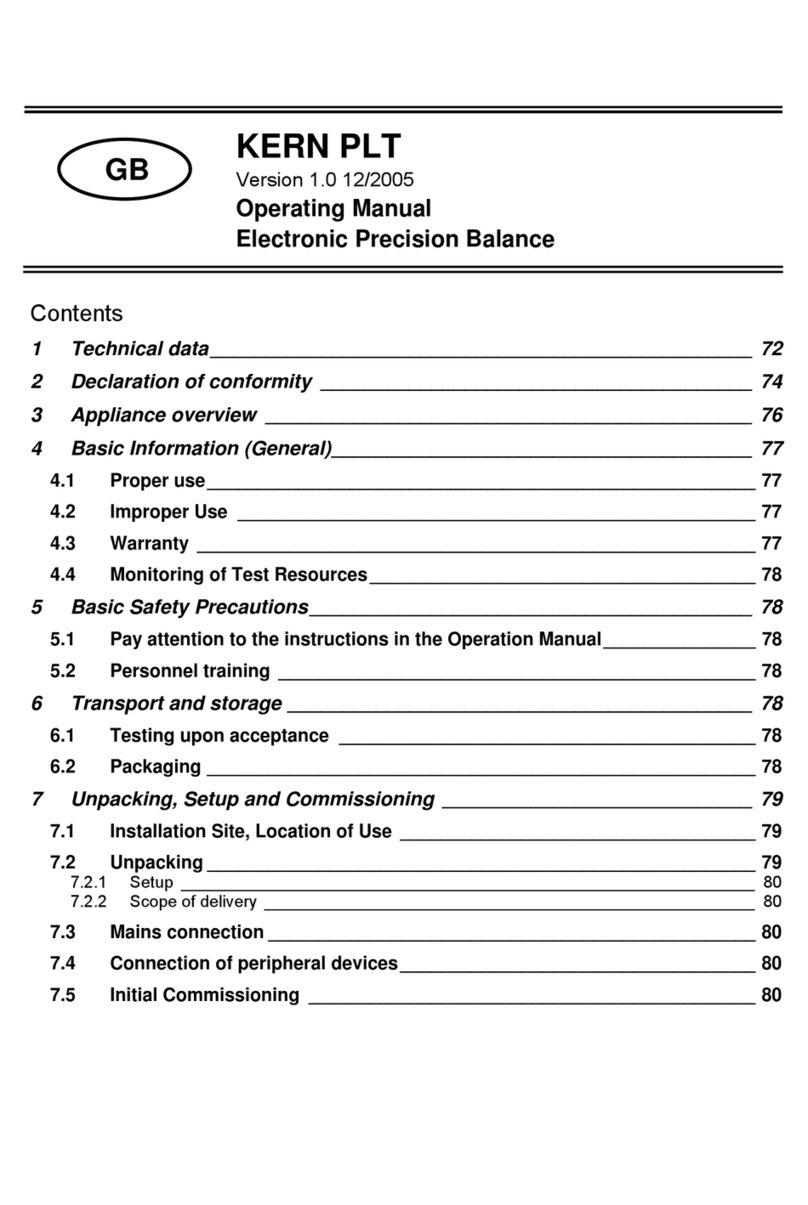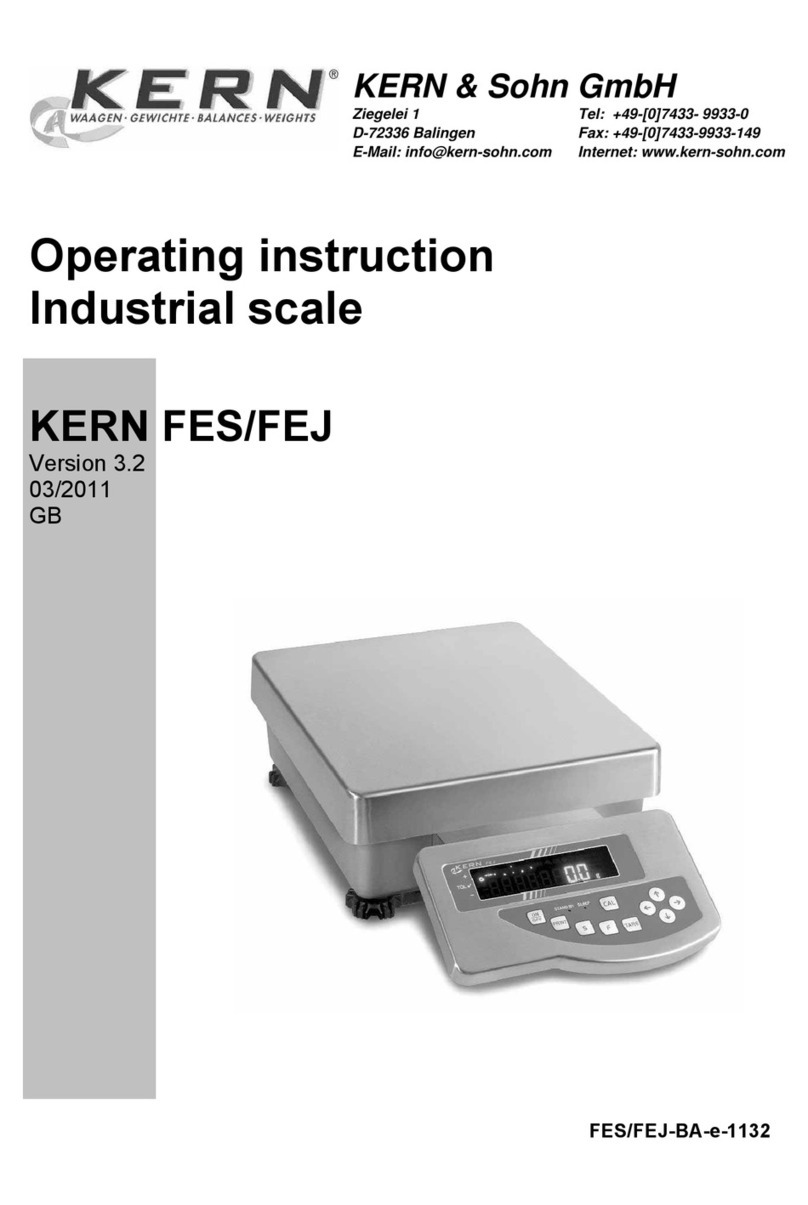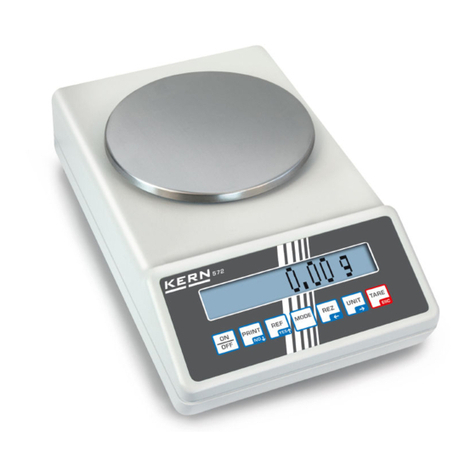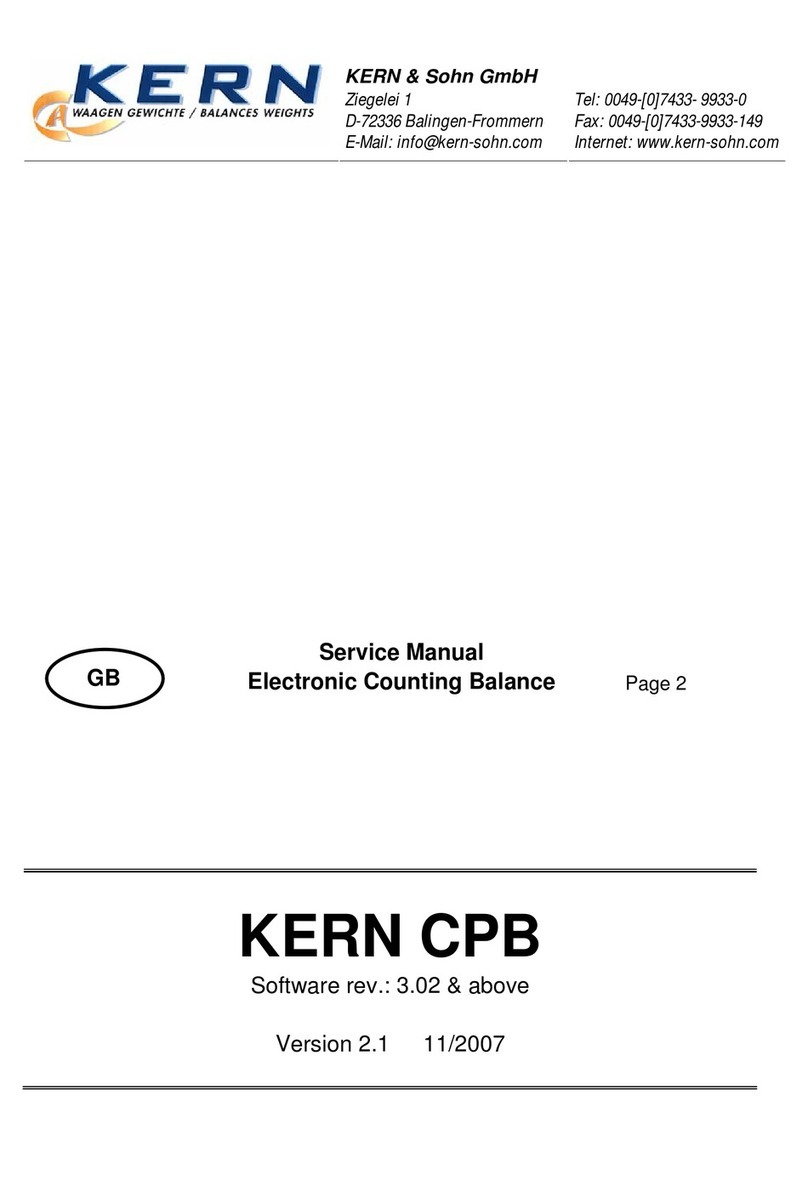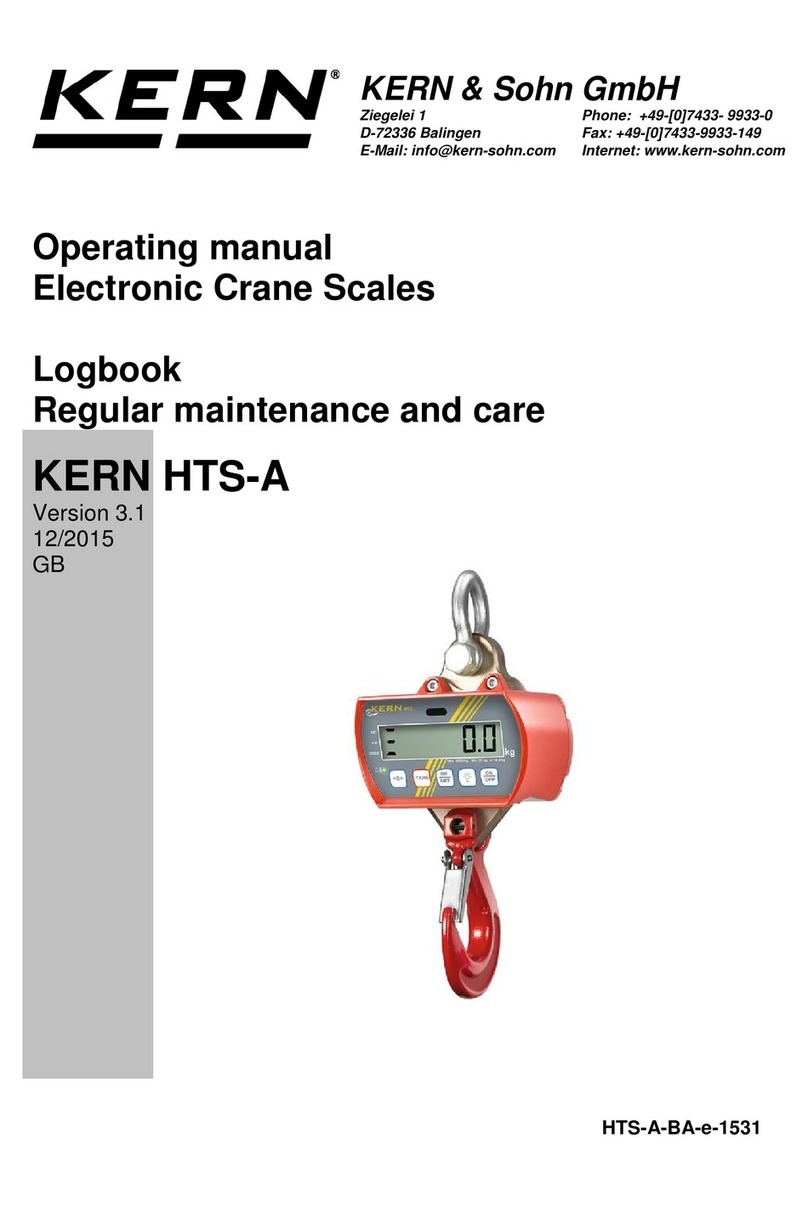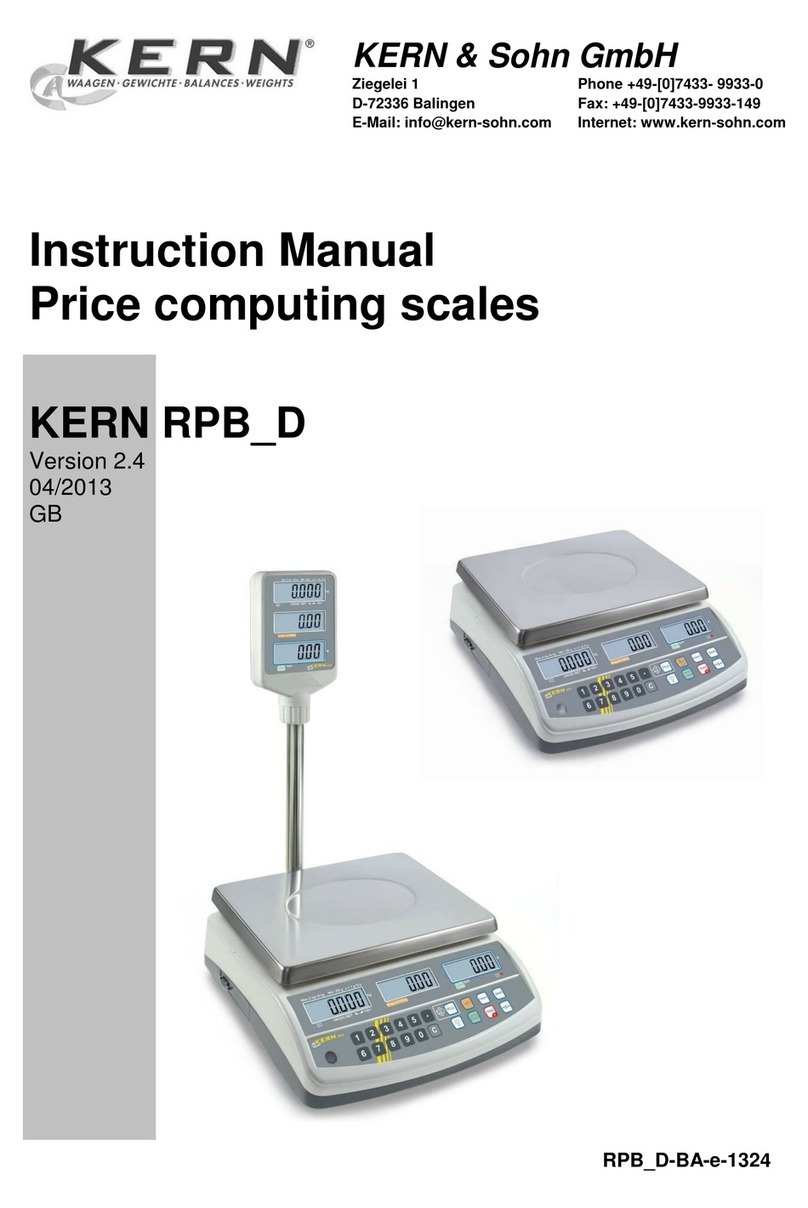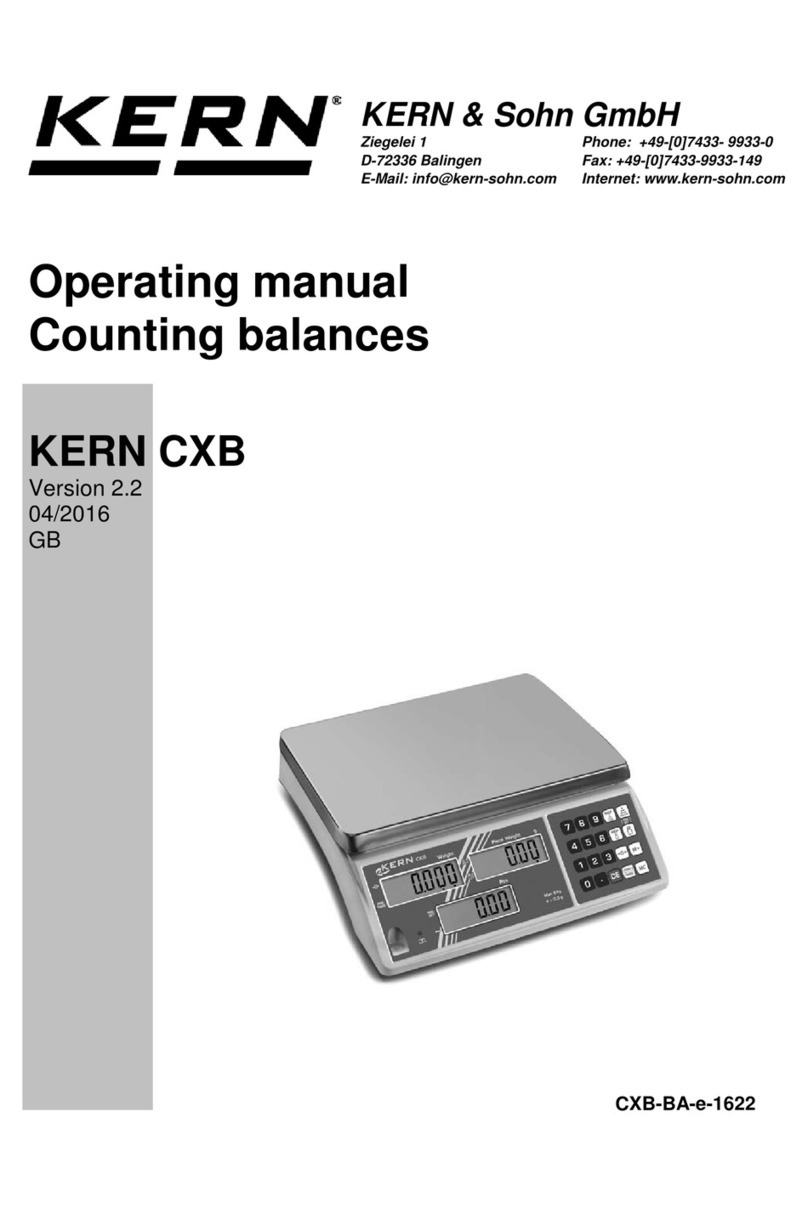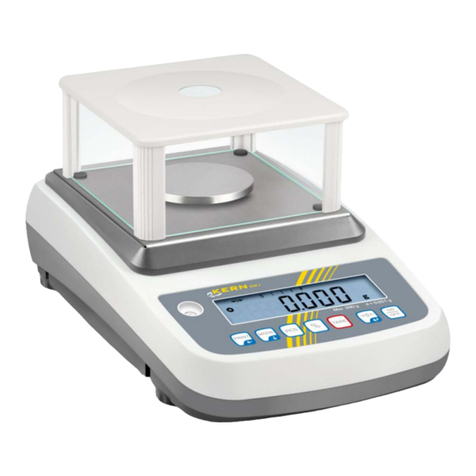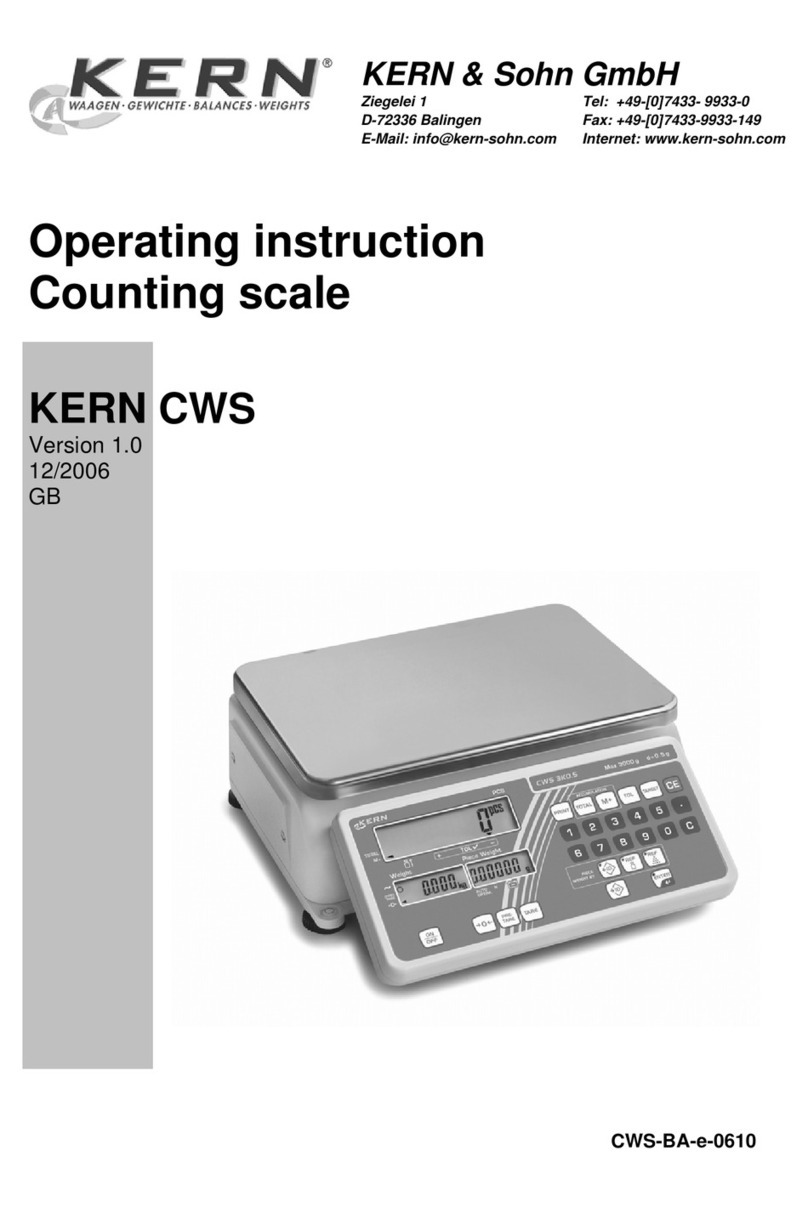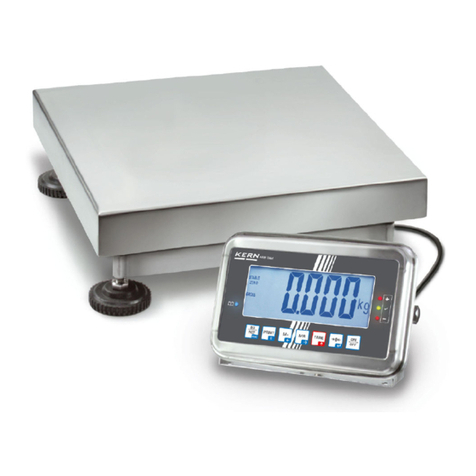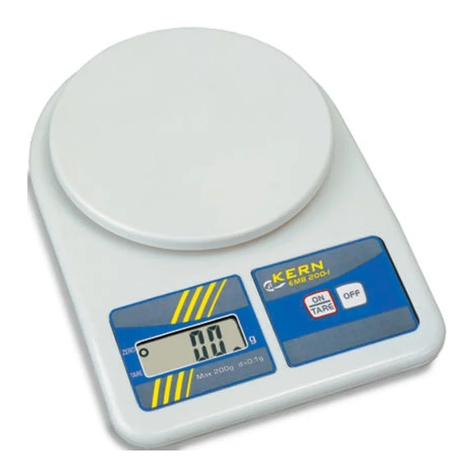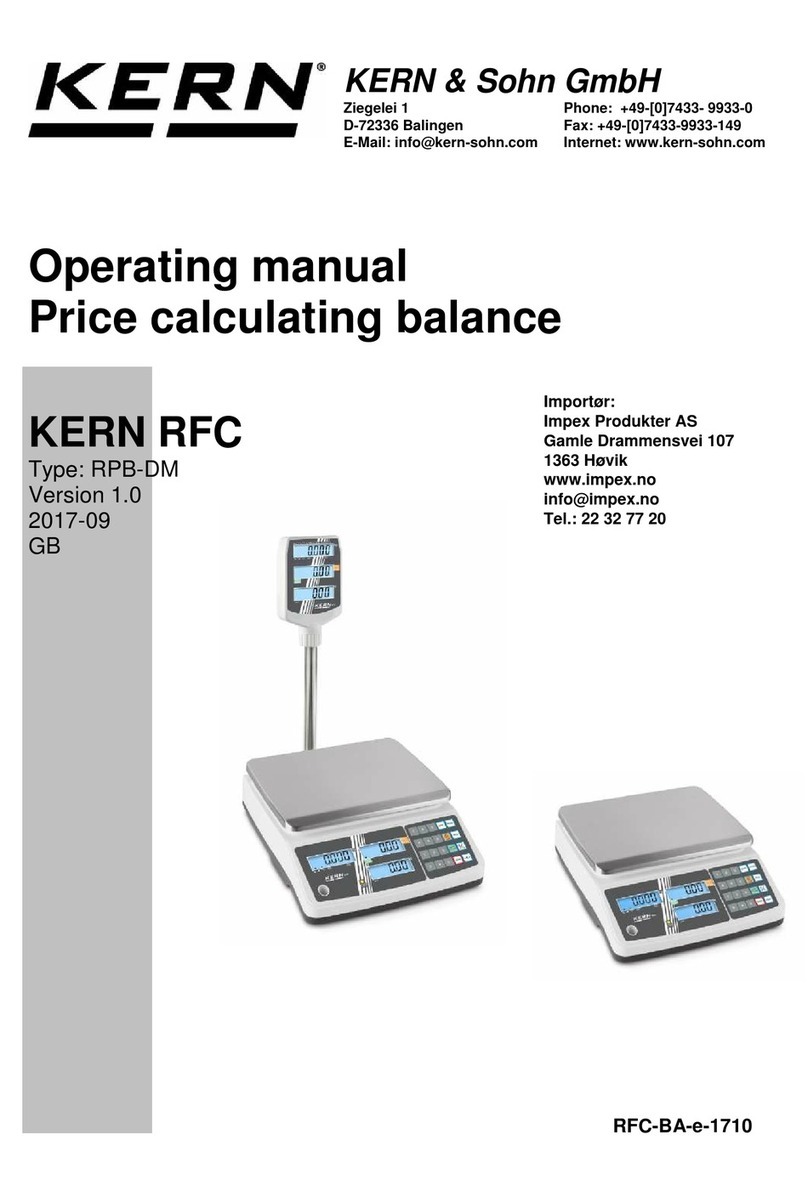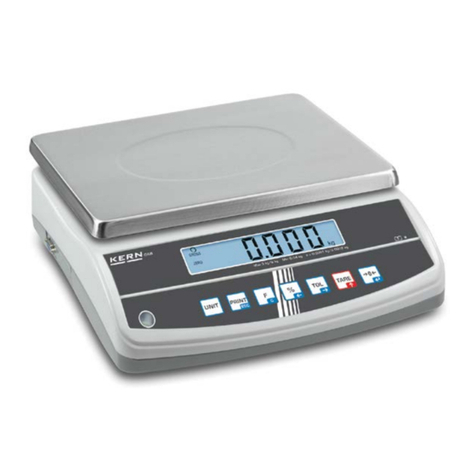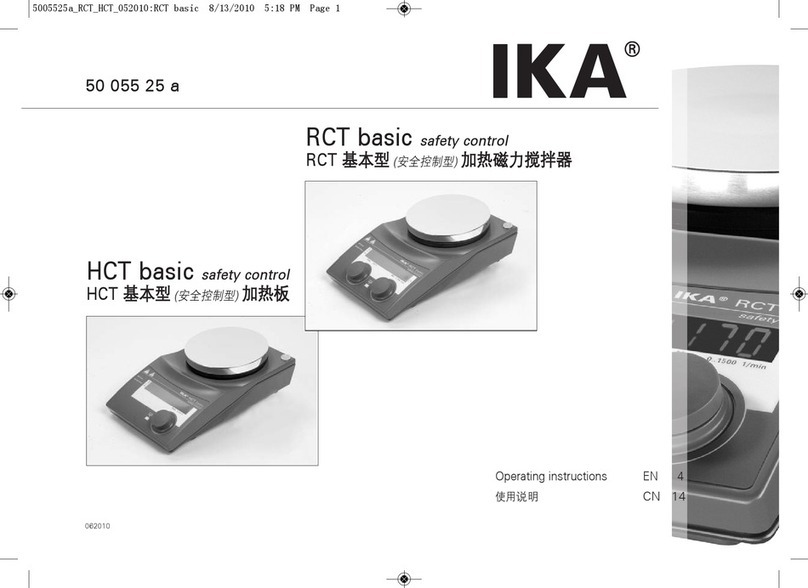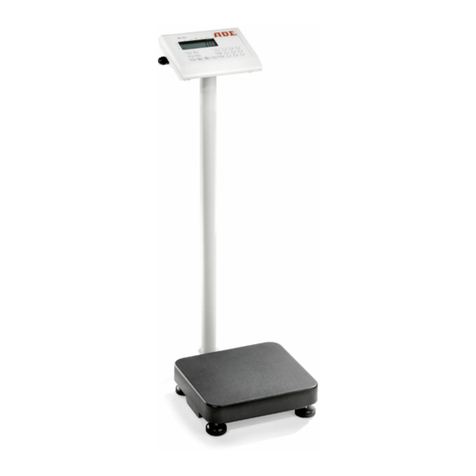AEJ_N/AES_N-BA-e-1321 3
7ADJUSTMENT.................................................................................................. 18
7.1 Automatic adjustment using internal weight (AEJ only).................................................... 19
7.2 Menu settings ......................................................................................................................... 21
7.2.1 P1.1 iCAL............................................................................................................................. 21
7.2.2 P1.2 ECAL - External adjustment (AES models)................................................................. 22
7.2.3 P1.3 tCAL – adjustment test ................................................................................................ 23
7.2.4 P1.4 ACAL – Start criteria of the automatic internal adjustment (AEJ only)........................ 25
7.2.5 P1.5 CALt– time controlled automatic adjustment (AEJ only)............................................. 26
7.2.6 P1.5 CALr– Enable/disable issue of adjustment protocol.................................................... 27
7.3 Verification.............................................................................................................................. 28
8MENU................................................................................................................ 30
8.1 Navigation in the menu.......................................................................................................... 32
8.2 Exit menu / back to weighing mode. .................................................................................... 33
9WEIGHING FUNCTIONS P6 FUNC................................................................. 34
9.1 Turn on/off balance................................................................................................................ 34
9.2 Weighing ................................................................................................................................. 34
9.3 Standard weighing unit.......................................................................................................... 35
9.4 Weighing units switch-over................................................................................................... 36
9.5 Taring....................................................................................................................................... 36
9.6 Underfloor weighing............................................................................................................... 37
9.7 Selecting the operating mode............................................................................................... 38
9.7.1 Selecting accessible operating modes................................................................................. 40
10 BALANCE SETTINGS “P3 READ” ............................................................. 41
10.1 Filter - adaptation to ambient conditions and weighing options ...................................... 41
10.2 Rest position control display – Adaptation of weighing speed ........................................ 42
10.3 Auto Zero................................................................................................................................. 43
10.4 Hide last decimal place.......................................................................................................... 44
10.5 Dispensing mode “RAPID”.................................................................................................... 45
11 FURTHER USEFUL FUNCTIONS “P7 OTHER“.......................................... 46
11.1 Display background illumination.......................................................................................... 46
11.2 Acoustic signal for key operation......................................................................................... 47
11.3 Print weighing settings.......................................................................................................... 48
